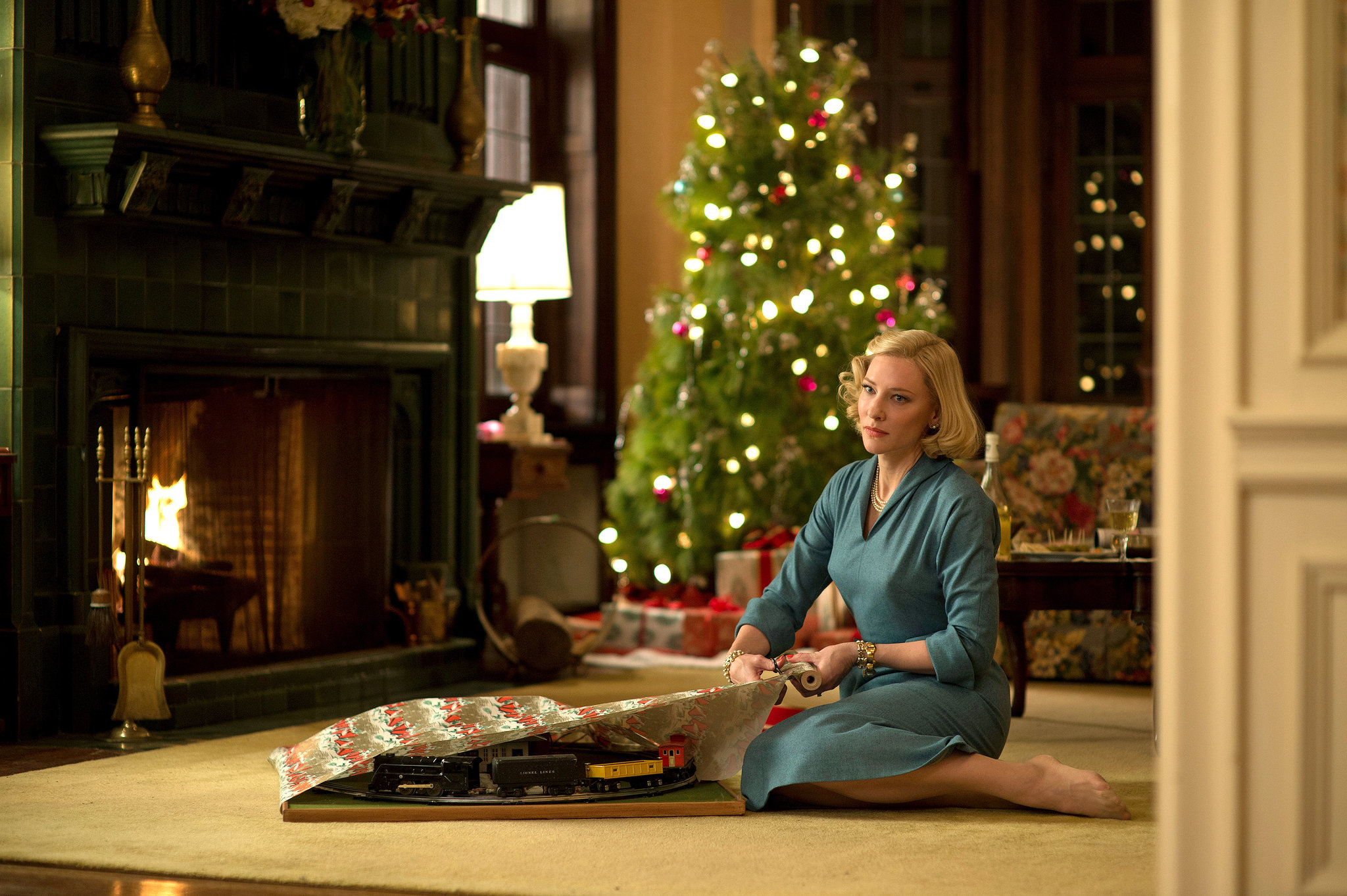Being an art director: all you need to know
What is an art director, and what traits make a great one? We asked leading art directors for their advice.
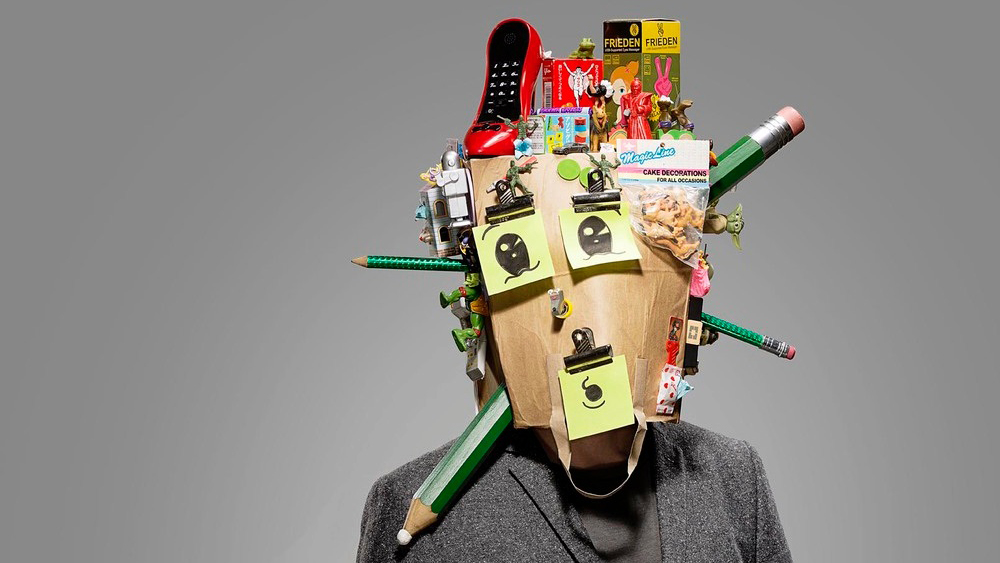
Most creative fields have an art director. It's an impressive job title that exists in graphic design, advertising, marketing, publishing, film and TV, web design and video games. Many creatives aspire to become one and if you're just starting out you probably want to know what you have to do to get the top job. If you are already heading down the path to becoming one, you might want to read on to check you haven't stumbled off the yellow brick road.
There are a number of so-called soft skills and character traits that are essential to the role. Added to that, of course, is a killer portfolio so if this has prompted you to make sure yours is up to scratch, we've got loads of portfolio inspiration to get you started in our rundown of the best portfolio examples.
To get the lowdown on art directing, first we asked art directors from leading studios to share their thoughts and experiences on what art directors do and what makes a good one. And if you're convinced the role's for you, you can read on for some top tips for how to become an art director (skip to the tips here), or head over to our shiny new design jobs board to find your next career challenge.
What is an art director?
So what exactly is an art director? It can mean different things in different organisations. Broadly, this job involves managing a team of designers working on a creative project, but the degree of responsibility and autonomy can vary.
"As an art director you must be a leader; someone who inspires and guides the vision of the design team," explains Blimp Creative founder James Fenton. "You have to be able to recognise the talent in those around you and learn how best to get the best from them."
Art director Jenny Theolin comments: "For me, the main difference between working as a graphic designer and as an art director was that I worked more with people than computers. And since I prefer to see the creative industry as a peoples' industry, this collaboration and co-working was key to creating exciting new work."
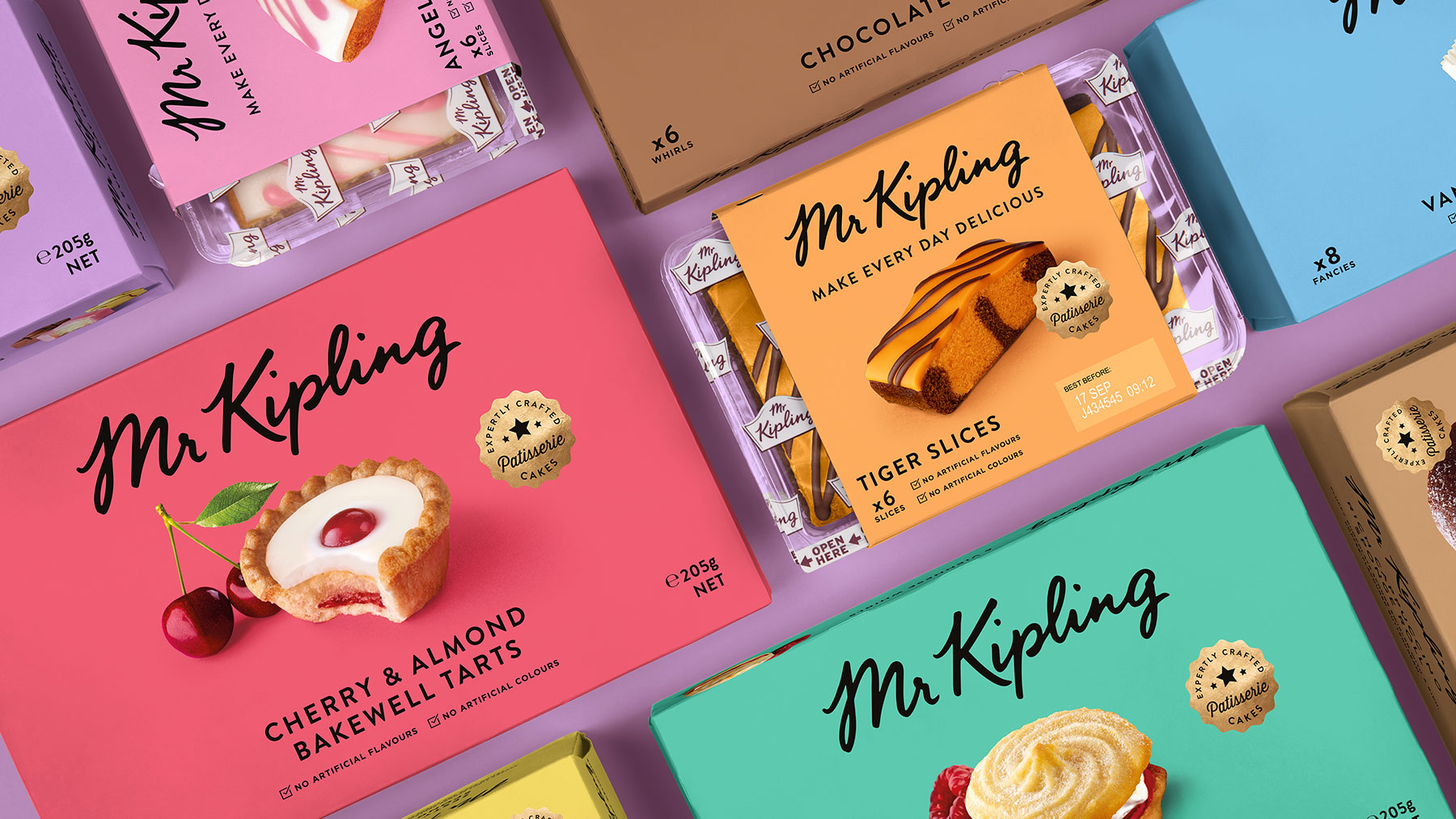
Ben Brears, strategic design director at Robot Food, points out that 2019 agency models have become more fluid, and individual roles have become less defined. Indeed, there is a bit of a backlash surrounding job titles in the creative community – after all, accurately summing up someone's role in one or two words is surprisingly tricky, and in many companies, employees will take on a number of different tasks within their day-to-day structure.
Daily design news, reviews, how-tos and more, as picked by the editors.
"Designer, art director, creative director – all these titles are necessary to create a structure within agency departments, for the client's benefit, and for the recruitment process," counters Theolin. "And to add to the confusion, descriptions like 'Web Ninja', 'Pixel Guru' and 'Creative Wizard' infiltrate our world as well. But how relevant is all of this to the job we do?"
What does an art director do?
"We create a culture of exploration and experimentation, but equally one where we are guided by the brand strategy and creative brief," sums up Claudia Morris, design director at B&B studio. "We need to make sure our team is empowered and grounded, whilst being excited and inspired to push boundaries. We need to maintain a culture where the team feel nurtured and free to be the best they can."
We need to make sure our team is empowered and grounded, whilst being excited and inspired to push boundaries
Claudia Morris, B&B Studio
One key aspect of the art director role is that of management: for example, critiquing people's work, working to deadlines and budgets, and (on occasion) disciplining any designers who have become lazy. However, according to Fenton, an art director's primary concern is to inspire and guide their team.
"The role of the art director could be compared to that of a chef, fusing together ingredients to produce a menu of delightful dishes," he explains. "All designers inject their individual personalities, tastes and style into their work. It is the art director's role to identify and understand the different flavours each member brings to the team, and then carefully infuse them to complement one another."
The role of an art director is not limited to considering the visual side of things – they need to be able to guide an audience through the information being presented to them, using words as well as images, and creating structure and emphasis through the layout and typography. "An art director must appreciate the written content as much as visual, taking on the role of a storyteller," comments Fenton. "You must be a mediator between writers and designers, understanding both disciplines and working closely with each."
"'Art director’, at least to us at Robot Food, is less a role and more a skillset, one that we nurture in all our creative team," says Brears. "We believe in great ideas and bold opinions, and we encourage them from all across the studio."
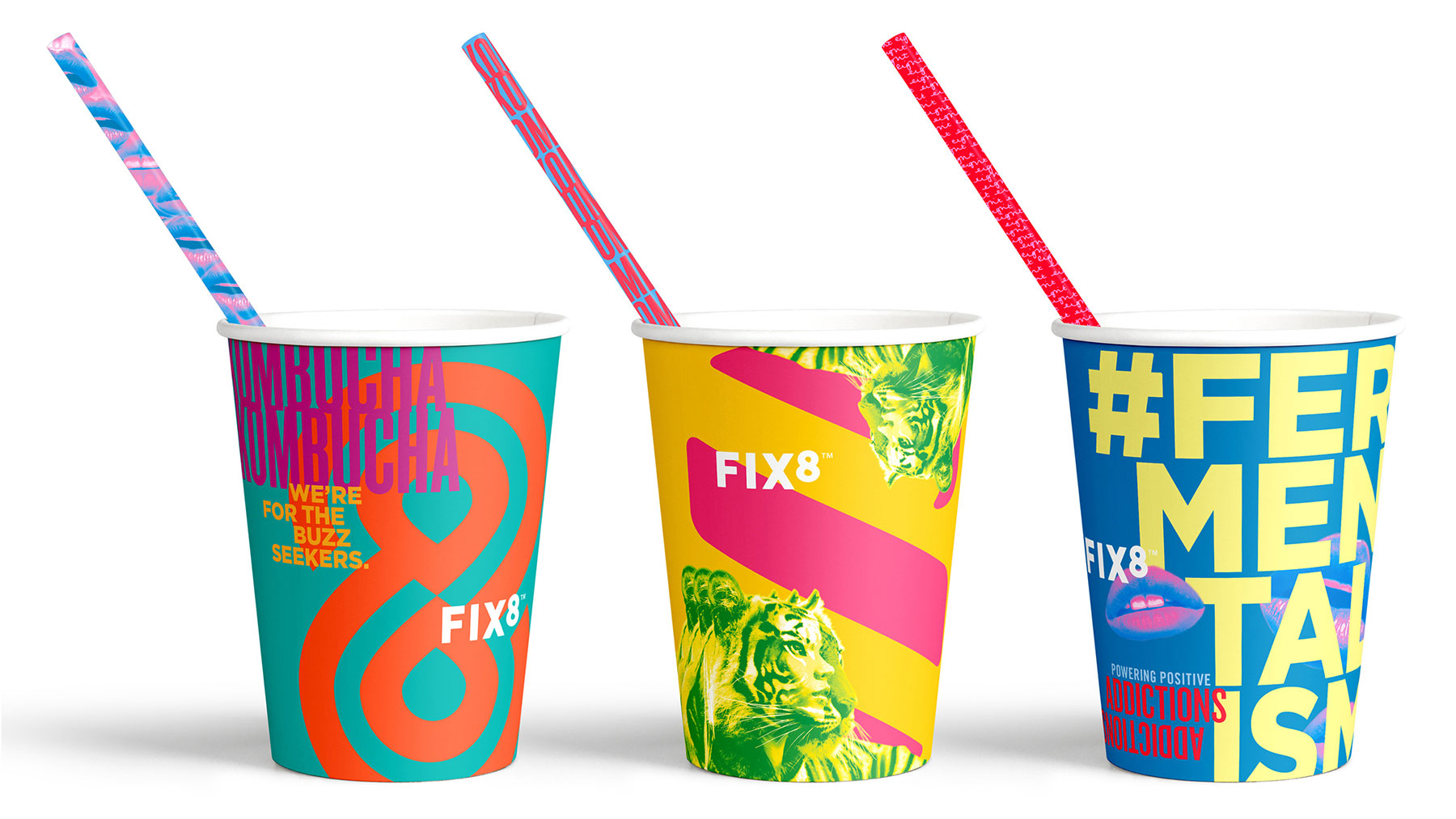
Day to day, he might be designing with the team, providing feedback on different jobs, attending meetings to define the direction of a client's wider creative strategy. Or he might be helping the team with a tricky bit of Photoshopping or teaching an Illustrator shortcut. But, Brears points out, that doesn't necessarily equate to a job description for a typical art director.
"How much of this is because of a title, how much of it is because it just ‘feels’ like the right thing to do? Would this title mean a damn thing in a different agency with a different philosophy?" he says.
As we touched on earlier, studios are increasingly developing in such a way that there is a less clear distinction between what different creatives do. "In many companies the traditional team structure has evolved into paired creative polymaths," comments Theolin. "Ask any creative team working today, and you will see that they share a lot of their work tasks. Copywriters scamp, art directors write, including contributions to blogs, books and magazines. But does this make them any less an art director?"
What makes a good art director?
So what makes a great art director? Well, you'll be working with people a lot, so one thing's for sure: it's not all about creative talent, you're also going to need to have the right temperament and personality for the job.
"A fundamental aspect to the role is having the ability to foster the best possible creative environment," says Shaun Bowen, creative partner at B&B Studio. "Having the leadership skills to do this effectively and consistently is one of the most challenging requirements of art director roles – and is not always easy to find in a portfolio. Along with the highest creative flair and talent, it involves an emotional intelligence, compassion and the ability to understand overarching business objectives."
Know when and where to best invest your energy, when you need to get involved and when it’s better to be more hands off
Shaun Bowen, B&B Studio
There are a number of skills that will help you shine in this role. Brears sums up his views: "Time management. Knowing when and where to best invest your energy, when you need to get involved and when it’s better to be more hands off. When to say yes, and importantly, when to say no."
"For me, a good art director has to be open to influence, inspiration and the expertise of the people around them, appreciating their talents, strengths and weaknesses, while maintaining a clear vision of delivering a message that speaks directly to the reader, viewer or user," says Fenton.
Ultimately though, the role is often shaped by the person in it. "There is no single formula for what makes a good art director: it's not a discipline taught in design schools, there are no books or guides that define the steps to success," adds Fenton.
"Every art director will have forged their own path, have their own definition of what their role is and their own approach to getting the job done and done well. Sometimes, this may be learned from their own mentors and passed down in a master-apprentice way, while others may formulate their process utterly independently, through their personal experience and trial and error."

Top tips for becoming an art director
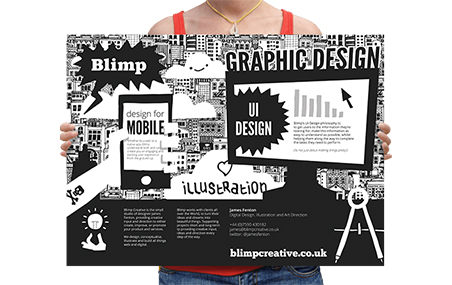
01. Remember, it's all about teamwork
A big part of the job of an art director is knowing how and when to use different team members' talents.
"No person is an island; design and studio life are rarely a solitary endeavour. We’re all products and producers of our environments," says Brears. "Being able to craft a beautiful illustration or piece of typography yourself is a wonderful skill set to have, but equally, so is having the foresight to recognise when it’s not you or your team’s strength, and then commissioning the right person for the job. The journey is as important as the destination and being able to communicate the whats, the whys, and the pit-stops along the way is crucial."
That means, when you're putting together your portfolio or application for the role, you need to be clear on the role you played in each project. It's not all about you.
02. Put together a killer portfolio
As with any creative role, your first stop is to make sure your portfolio is up to scratch. "Show a good design portfolio of work that represents the style of art direction you employ and want to strive for," says OneRedEye founder Ed Robinson.
Brears is more succinct with his advice: "I want to see great ideas beautifully executed."
For more advice, see our post on how to curate a creative portfolio.
03. Don't focus on hierarchy
While you will be managing people, the job of art director is not about throwing your weight around. "Someone who sees themselves as the design top dog will inevitably be heading for a embarrassing fall," explains Fenton. "You have to be able to recognise the talent in those around you... An art director who sees themselves in a position of hierarchical authority is simply a glorified manager."
04. Be confident with feedback
To be the best art director you can be, you'll need to be confident giving feedback, both internally and outside of your studio. "Internally, feedback and providing critique is a piece of cake. There’s no egos here at Robot Food. We don’t care if feedback comes from an intern, or an account manager – if it helps make the work better it’s valid," says Brears.
However, feeding back to external specialists – illustrators, photographers, animators and so on – can be trickier. "You have to get past your own impostor syndrome and be prepared to stand up for the studio’s vision," advises Brears. "We aim to work with the best talent we can, and it’s easy to default to thinking they know best and your own experience isn’t as valid. But ultimately, you know the brief, the client, and the result you want to achieve – it’s about working closely and collaboratively to get there."
For more advice, take a look at our guide to how to give and get more from art critiques.
05. Make friends
Of course, there is plenty that can be learned from those who have been in the role themselves. "Hound your heroes and ask to meet them. Many love to talk about themselves, so ask to meet them for advice, to pick their brains – and to see their work!" suggests Theolin. "However, don't be surprised if your icons actually turn out to be old, grumpy farts."
06. Gain knowledge of the job
You'll have a role in shaping the direction of projects and pushing the creative in new directions, so you're going to need to be aware of industry progressions and trends, and work hard to keep things fresh. "Stay on top of blogs and trend reports," advises Theolin. "Keep the momentum up and don't get stuck in a bubble. Creative exploration is one of the benefits of this industry, so get out there and do different things differently."
Related articles:
- 10 on-trend portfolio templates
- 5 essential rules of self-promotion
- How to get a career in graphic design: 13 pro tips

The Creative Bloq team is made up of a group of art and design enthusiasts, and has changed and evolved since Creative Bloq began back in 2012. The current website team consists of eight full-time members of staff: Editor Georgia Coggan, Deputy Editor Rosie Hilder, Ecommerce Editor Beren Neale, Senior News Editor Daniel Piper, Editor, Digital Art and 3D Ian Dean, Tech Reviews Editor Erlingur Einarsson, Ecommerce Writer Beth Nicholls and Staff Writer Natalie Fear, as well as a roster of freelancers from around the world. The ImagineFX magazine team also pitch in, ensuring that content from leading digital art publication ImagineFX is represented on Creative Bloq.
